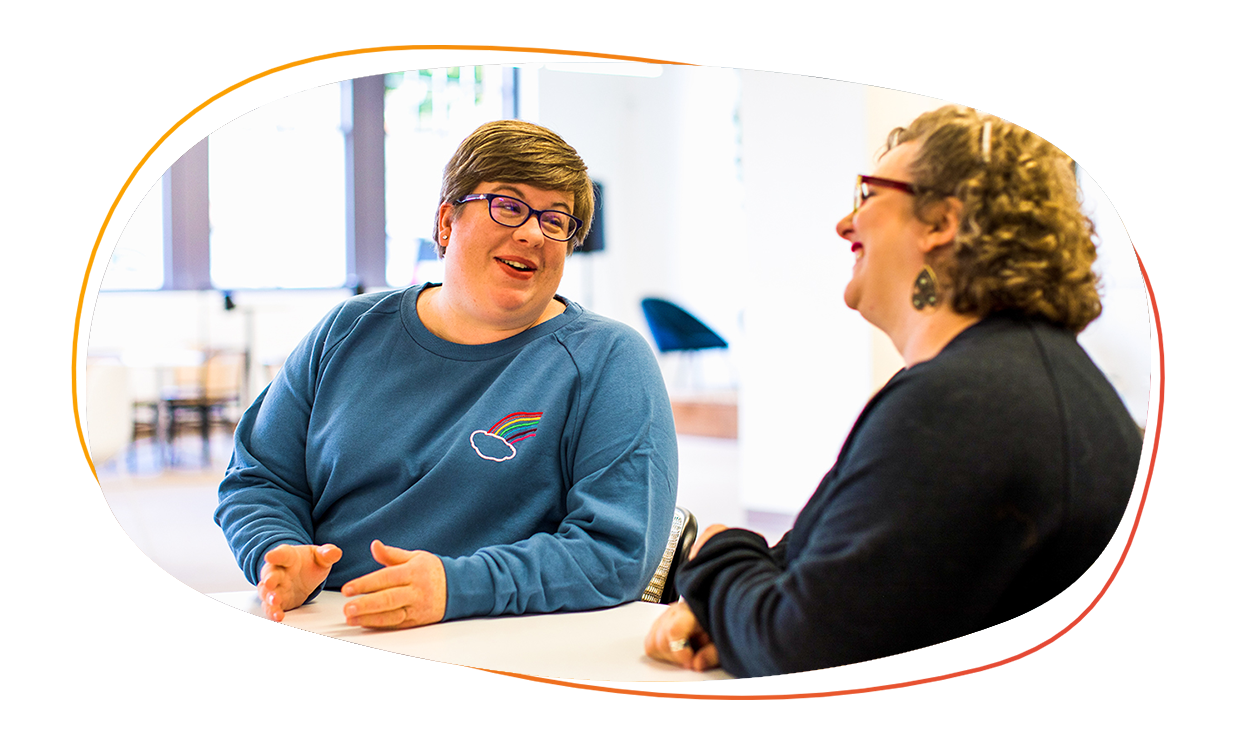
Our Partners
Offboarding as an Opportunity for Staff Alignment & Feedback
Community Shares Colorado used SEE to standardize an offboarding procedure, benefitting current staff, the organization, and the departing employee.
Community Shares Colorado (CSC) recognized that their lack of an offboarding procedure consistently led to stressful situations in the last two weeks of a staff member’s employment. Using the SEE framework, CSC developed a new, standardized offboarding procedure that provides more clarity to colleagues about the status of the employee’s projects, and gives the departing employee an opportunity to provide feedback.
Thinking with SEE
Community Shares Colorado (CSC) first tackled mental models: they saw that the departing staff member, supervisors, and coworkers often did not share the same mental model at the time of departure. This meant that expectations of what work should be finished, what should be transferred, and what mattered overall in the last two weeks were different for each person. The discrepancies between mental models created an environment of confusion in which it wasn’t possible to build new models. By assessing the situation in terms of meaningful action, CSC saw that departing staff members often left feeling their input wasn’t heard, that they weren’t treated with complete respect, and relations were strained.
The Small Experiment
CSC created a standardized offboarding procedure which was used to organize the status of all the employees’ projects, figure out the next steps for each one, and give time tables for work to be done before the employee left. The procedure also sought the departing employee’s feedback to the organization including reflections on where they want to see their projects go, what their style of work has been, and who they think would be best suited to take over ongoing tasks.
Result
Staff found the new standardized offboarding procedure to be a great success, making the departure process more comprehensible and fulfilling. Organizing the information and procedures led to improved model building capabilities among staff, who were able to navigate the environment during the transition period. Having opportunities for input and feedback on work and performance greatly increased the feeling of meaningful action, both for the departee and the remaining staff, because they had a chance for their ideas to be heard, respected, and incorporated.
Experiment for Yourself
Consider what is lacking in the current offboarding process; is it too formal, informal, brief, or drawn out? Make an assessment of the common information problems that are encountered during offboarding, such as loss of information, unclear destinations for projects, or uncertain deadlines. Consider a list or structured document for all of these, combined with time devoted to input and feedback, to ensure they get addressed during the offboarding process.

